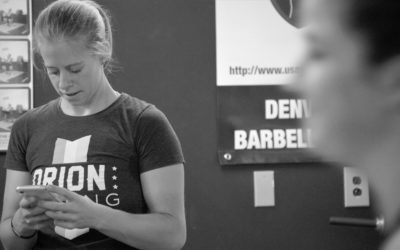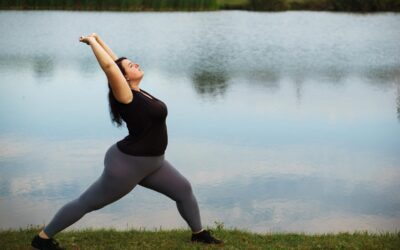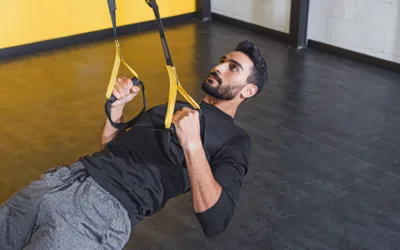Women in Bodybuilding: A Brief Timeline
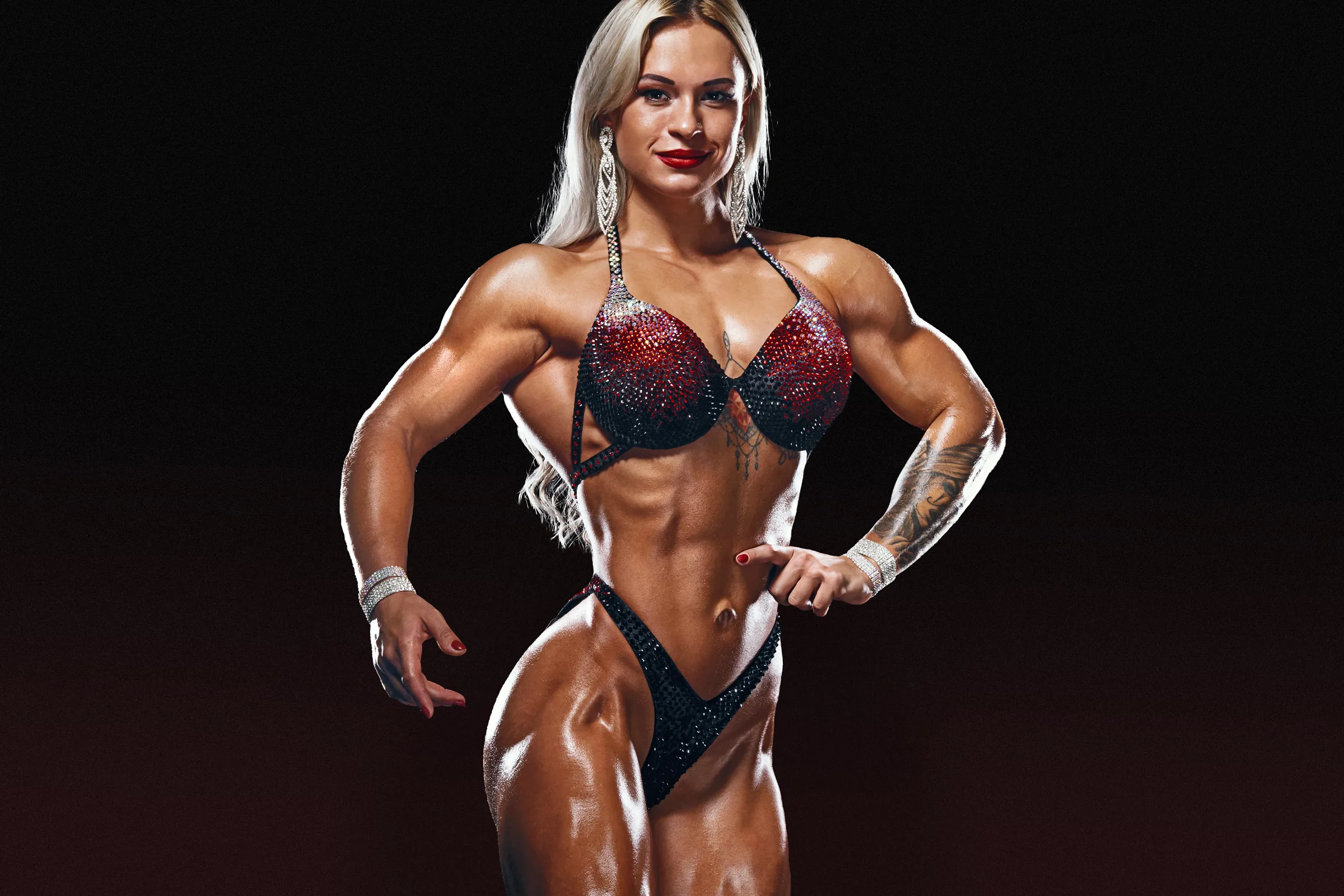
Bodybuilding is still a predominantly male industry, but we wanted to take a look at some of the champions of women’s bodybuilding and how the sport has evolved over the years.
From Rachel McLish to Iris Kyle, the women who pioneered aesthetic sports have taken on stereotypes and controversies in order to push the limits of the female physique.

Change the Way You Train
The Quest for Aesthetic Dominance
Women have been involved in bodybuilding since its inception, though you might not know it, since the sport has historically been dominated by men. But in recent decades, women have gained a significant presence and recognition in bodybuilding, even as the sport continues to evolve.
The different competition categories — fitness, figure, wellness, bikini, physique — have lead to a branching out of styles for women who want to show their symmetry, impressive skills and hard work.
Let’s explore the history of women in bodybuilding, starting from its origins to the present day, highlighting the major milestones and accomplishments of female bodybuilders over the years.
The Early Days: 1930s to 1950s
Bodybuilding, as we know it today, began in the 1930s with the advent of the Mr. America contest. Women didn’t really get involved in the sport until around the 1950s with the rise of female bodybuilding pioneers like Abbye “Pudgy” Stockton, often considered the first female bodybuilder.
Pudgy Stockton was a performer at the famous Muscle Beach in Santa Monica, California, and is known for her muscular physique and impressive strength. Her athletic presence helped to pave the way for women in bodybuilding.
1960s & 1970s
In the 1960s and ‘70s, women’s bodybuilding began to gain more mainstream recognition — 1977 saw the first Ms. Olympia contest. The following year, the National Physique Committee (NPC) began holding national-level competitions for women.
As the subculture of women lifting weights grew, it helped to raise the profile of female bodybuilding and encouraged more women to get involved in the sport.
The Golden Era: 1980s & 1990s
The ‘80s and ‘90s were the golden era of women’s bodybuilding, with the rise of some of the most iconic female bodybuilders of all time. The most famous of these was probably Rachel McLish, who won the first two Ms. Olympia titles in 1980 and 1982.
Other notable athletes from this era include Cory Everson, Lenda Murray, and Bev Francis. During this decade, women’s bodybuilding became more competitive and saw significant growth in the number of competitors and the levels of athleticism on display.
2000s to 2010s
In the early 2000s, female bodybuilding faced criticism for promoting an unrealistic and overly muscular physique. As a result, some competitions began to introduce categories for women with different criteria than standard bodybuilding.
One category was the Women’s Fitness division, which focused on athletic ability, dance and choreography. Another category was the Women’s Figure division, which was a toned-down version of bodybuilding that emphasized shape and symmetry rather than mass and bulk.
Despite this shift towards a more “feminine” aesthetic, some female bodybuilders continued to compete in the traditional bodybuilding category. In 2000, Valentina Chepiga became the first woman from Russia to win the Ms. Olympia title. She went on to win the title again in 2002 and 2003, cementing her status as one of the top female bodybuilders of the early 2000s.
Another standout athlete during this time was Iris Kyle, who won her first Ms. Olympia title in 2004 and went on to win an unprecedented ten titles in a row, from 2006 to 2015. Kyle’s dominance in the sport inspired many other women to pursue bodybuilding as a career, and she remains one of the most influential figures in the history of women’s bodybuilding.
In 2003, the International Federation of Bodybuilding and Fitness (IFBB) launched the Women’s Bodybuilding Pro Division, which provided more opportunities for female bodybuilders to compete professionally. This division also introduced new weight classes, which allowed women to compete at more appropriate weights for their size and frame.
Despite these positive changes, women’s bodybuilding continued to face challenges in the form of limited exposure and sponsorship opportunities. Many competitions were held in small venues and received little media coverage, which made it difficult for female bodybuilders to gain mainstream recognition.
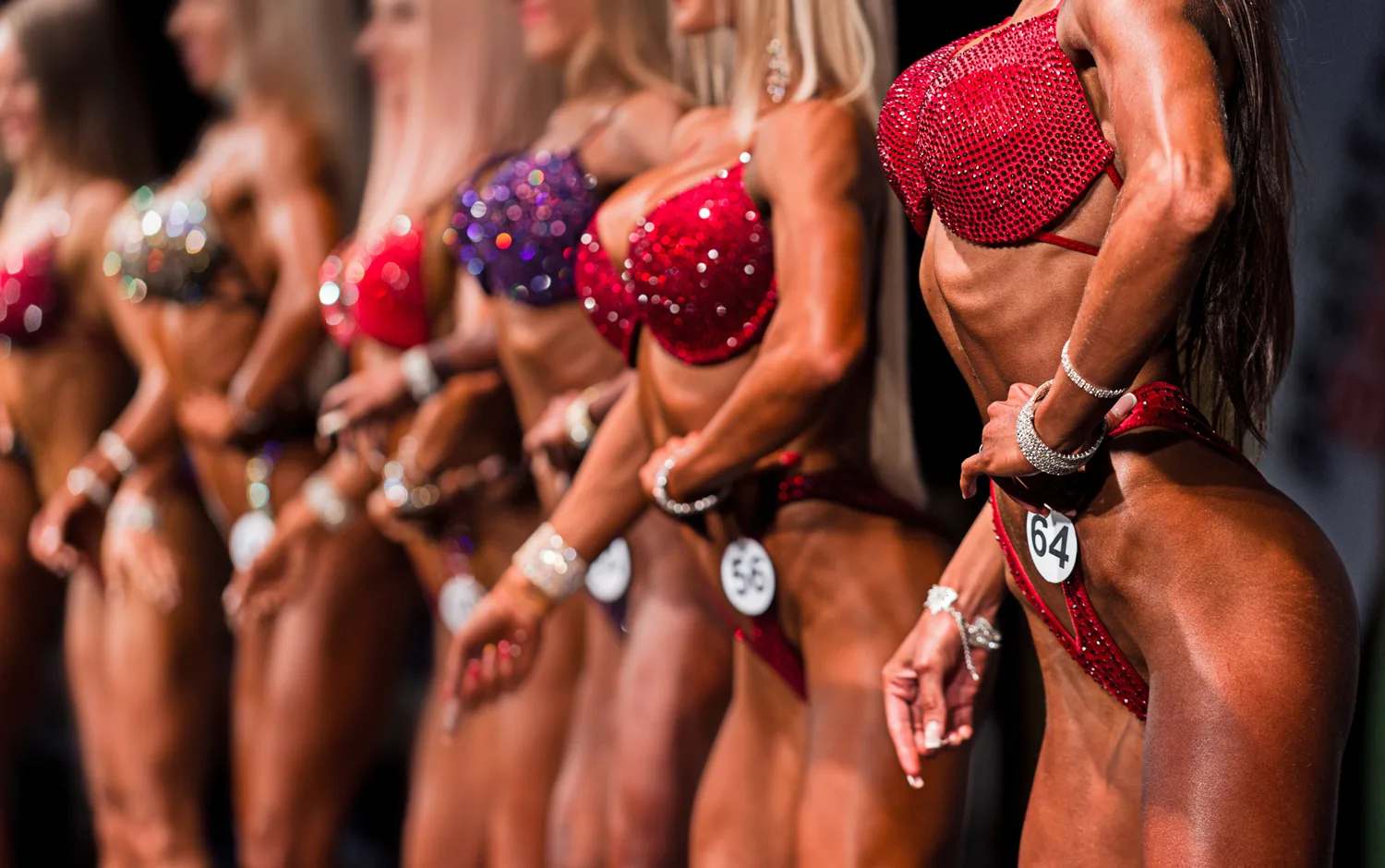
2010 to Present Day
These days, female bodybuilders have continued to push the boundaries of what is possible in terms of physical strength and aesthetics, while also working to address the ongoing challenges and controversies facing the sport.
One of the biggest changes in women’s bodybuilding during this time has been the re-introduction of the Ms. Olympia competition. After the competition was discontinued in 2014, many female bodybuilders felt that their opportunities to compete had all but vanished. In 2020, the Ms. Olympia was revived, providing a much-needed platform for female bodybuilders to showcase their skills and talent.
The popularity of social media and online platforms has been pivotal for female bodybuilders. Instagram is now a key platform for female bodybuilders to connect with fans, promote their training and diet regimens, and build their personal brands. This has increased visibility and exposure for many female bodybuilders, and has given rise to a new generation of social media influencers and fitness personalities.
New Physique Categories & Old Controversies
Women’s bodybuilding has continued to evolve and adapt to changing expectations and standards. The focus on size and bulk has shifted somewhat in favor of a more balanced physique, with greater emphasis on symmetry, definition, and proportion. New categories, such as Wellness and Bikini, have been introduced to cater to women with different body types and aesthetic goals.
Despite these positive changes, women’s bodybuilding still faces challenges and controversies. The sport remains relatively niche, with limited exposure and sponsorship opportunities. Some critics argue that the focus on extreme muscularity and definition is unhealthy and sends negative messages to young women. Others contend that the sport perpetuates gender stereotypes and reinforces narrow ideas of beauty and femininity.
This popular opinion piece on T-Nation, The Death of Women’s Bodybuilding, takes a deeper dive into the gradual decline of standard bodybuilding for women, addressing the use of steroids/hormones and their effects on the body.
In response to these criticisms, many female bodybuilders have spoken out about the positive impact that the sport has had on their lives and self-confidence. They argue that bodybuilding allows them to push themselves to their physical limits, and provides a sense of community and empowerment that is hard to find.
The history of women in bodybuilding reflects a sport that is constantly evolving and adapting to changing norms and expectations. Sports don’t happen in a vacuum — the rest of society has an influence on sports for better or worse.
While women’s bodybuilding still faces challenges and controversies, the dedication and talent of female bodybuilders continue to inspire and motivate a new generation of women to be strong and confident in their bodies.
Find Your Perfect Training Plan
Sometimes all you need to reach your destination on your fitness journey is an expert guide. We've got you covered. Browse from thousands of programs for any goal and every type of athlete.
Try any programming subscription free for 7 days!
Related articles
Effective Ways to Coach At-Home Athletes
Transitioning to remote coaching presents unique challenges for strength and conditioning coaches, especially when athletes lack access to standard gym equipment. Effective communication and creative programming are essential to maintain engagement and ensure athletes continue to progress in their training.
Sustainable Steps to Healthier Living After Significant Weight Gain (BMI 40+)
Losing weight when your BMI is 40 or higher can feel impossible—but it’s not. I've helped hundreds of people, including myself, lose significant weight. One client sticks with me—a former rugby player and sumo wrestler whose health was rapidly declining. We started...
Working Out During Ramadan: Maintaining & Making Gains
It’s falsely believed by many Muslim athletes that Ramadan = losing progress (gains!). This isn’t the case if you train, fuel, hydrate, and sleep appropriately. Of course that’s easier said than done, but following a few of these strategies can make all the difference...

Join the community
Sign up for the latest training news and updates from TrainHeroic

About TrainHeroic
Made with love, sweat, protein isolate and hard work in Denver, CO
© 2023 TrainHeroic, Inc. All rights reserved.

